Moldavian Christmas Cake
Psychedelics and Spiked Drinks in Archaic Cultures. Plus, 'Tava', a book on Eastern European baking and its traditions.
This post is inspired by the traditional Christmas cake with hemp seeds cream specific to Moldavia in Eastern Romania. It brings to light the topic of ritual foods and the fascinating role plants and seeds played in ancient cultures, where the lines between food, medicine and psychedelics were often blurred. This subject captivates me, and I hope that by the end of this post, you’ll feel just as intrigued. But first, let’s get the recipe out of the way.
This cake is endearingly named Scutecele Domnului, which means ‘swaddling blankets of baby Jesus’. Traditionally made on Christmas Eve in Moldavia, it represents a custom to gather every ‘fruit of the earth’ on the table, such as grains and seeds that can sprout in the next season. Hemp was an important crop in the region, so it makes an appearance alongside honey and wheat. The ground seeds make a filling called julfa, which can also be used in other dishes as a vegan alternative to soft dairy cheese. The usual number of layers is twelve, signifying the number of months in a year, 12 apostles and the Church. However, feel free to experiment with fewer layers while practising your technique.
Ingredients:
Serves 12
400 g (14 oz/31⁄4 cups) plain (all-purpose) flour, plus extra for dusting
250 ml (81⁄2 fl oz/1 cup) water
1 pinch of salt
For the filling:
250 g (9 oz/2 cups) pumpkin seeds
250 g (9 oz/2 cups) hulled hemp seeds, plus extra to serve (optional)
3 tablespoons honey
125 ml (4 fl oz/1⁄2 cup) hemp milk, any non-dairy milk or water
For the syrup:
450 ml (15 fl oz/13⁄4 cups) water
125 g (4 oz/generous 1⁄2 cup) golden caster (superfine) sugar
2 tablespoons honey juice and zest of 1 lemon
About the method:
To start, we first need to prepare the layers. These are thin, round sheets shaped by hand from a humble blend of flour and water. Consider them as the early version of filo pastry, but note that they won't be as delicate. Today, similar rolled dough is still used in certain parts of northern Turkey to make baklava. We will cook these 12 layers in a griddle pan without any oil or butter until they are crisp.
Then, the layers will be soaked in syrup one by one. Again, this is the reverse of baklava, where you pour the syrup on top. Here, each layer is soaked individually as you assemble the pie.
Method:
Combine the flour, water and salt in a bowl and and knead to a firm dough. Leave to rest at room temperature for 15 minutes, then knead again and leave to rest for a further 15 minutes.
Set a large cast-iron (or non-stick) frying pan (skillet) over medium heat. Don’t add any oil.
Divide the dough into 12 pieces, about 50 g (2 oz) each. On a floured work surface, roll and stretch one ball to a circle, 25 cm (10 in) in diameter (or as large as your pan). Keep dusting with a little flour underneath and on top of the dough, so you can roll and stretch it very thinly by hand. Lift and place in the hot pan (don’t worry if it loses its shape slightly) and cook for 3 minutes, then flip and cook the other side for a further 3 minutes. It needs to have the texture of a thin, dry biscuit. Repeat with the remaining dough balls, rolling and cooking one at a time. Stack them on a plate or a wire cooling rack.
To make the filling, grind the pumpkin seeds to a powder in a food processor. Add the hemp seeds and blitz together. Add the honey, then gradually add the milk or water, with the motor at medium speed, until the mixture reaches a soft, spreadable consistency. Set aside.
To make the syrup, bring all the ingredients to the boil in a pan, then reduce the heat and simmer for 15 minutes until thickened. Pour into a large shallow dish, wide enough to fit one of the flatbreads inside.
To assemble the pie, soak a flatbread in the syrup for 1 minute, then place it in a dish or a plate with a deep lip. Spread the bread with a thin layer of the filling. Repeat with all the remaining breads, leaving the top one plain. You can spoon a little of the remaining syrup on top. Wrap the dish or plate in clingfilm (plastic wrap), then place a tray on top and weight it down with something heavy. This will ensure that the layers are pressed evenly (don’t worry if they crack). Leave for 24 hours, then slice and serve.
You can serve as it is or save a couple of tablespoons of the filling to spread on top and sprinkle with a few hulled hemp seeds.
About the hemp filling:
Traditionally, the hemp seeds harvested from the fields would have been toasted, husked or cracked, then boiled in water and blended in a pestle and mortar to a fine cream. The seeds released their milky starch, just like when we make Hemp Milk or Hemp Cheese today. The recipe above uses cracked hemp seeds that you can find in health shops, saving us time. Plus, I combine them with pumpkin seeds to give it a more savoury flavour and enhance the beautiful pale green colour.
Every culture needs stimulants, from the magical properties of wild plants, fermented drinks and the craze for spices to distilled alcohol, tea, coffee and tobacco. The shamans of ancient times and the oracle priests of Antiquity used trance-inducing techniques to connect with the collective unconscious and experience visions and journeys. The plants could heal, induce beatitude and strengthen bonds between people, create the illusion of controlling the future through divination, and symbolise transformation, purification and renewal.
Hemp and Cannabis
Hemp was a crop used to make cloth, linen, sailcloth, paper and rope, and sometimes cannabis.
In Romania, beyond its use as a cloth fibre, hemp was recognised for its medicinal and narcotic properties. Throwing a handful of hemp seeds into an open fire not only purified the air but also encouraged conversation. Prepared in concoctions, hemp alleviated headaches and toothaches, effectively acting like a modern day painkiller.
Thus, hemp seeds were regarded as magical, linked to religion and miracles, justifying their inclusion in rituals such as the Moldavian Christmas cake celebrating the birth of Christ.
Poppyseed and Opium with Plum Jam or Cracked Wheat
Poppyseeds are a ritualistic ingredient in many dishes, but opium is mainly processed from the milky sap of the pods, so we can hardly get high on eating a poppyseed strudel or bun. However, in folklore, they have a reputation for being a medicine for calming the nerves.
Historian Andrei Oișteanu, in his book ‘Narcotics in Romanian Culture’ talks about a recipe for madjoon from 1716. In that year, a Greek nobleman in the Principality of Moldavia sent it as a special gift to the Patriarch of Jerusalem, along with a private note. It read: ‘... made as if it were for myself, the way I know you enjoy it.’ His version contained opium (so no poppy seeds as such), a concoction made with added sugar and spices considered to be a medicine.
Magiun (a word derived from madjoon) is also a plum butter in Romania. While researching for my book ‘Tava’, I recall someone sharing a story about her grandmother from Moldavia. She would mix this plum butter with poppy seeds, roll it into small balls, and give them to young children to lick and suck, helping them stay calm. I suppose it served a similar purpose as today’s herbal pills called Kalms.
There are also rituals related to poppy seeds that prevent the dead from coming back from the underworld. So, you would find the seeds sprinkled not only in the coffin but also on the food distributed as alms at funerals. In Romania and the Balkans, this food is called colivă, and it is made with boiled cracked wheat mixed with walnuts and, in some regions, sprinkled with poppy seeds.
Spiked Drinks
Prior to the distilled alcohol spreading around the world, early religious rituals used spiked wine to induce a state of beatitude and facilitate visions and divination. Barley, oat, and rye fermented drinks from crops infested with ergot fungus would have also done the job. The ritualistic Greek Kykeon drink was an example that, if it wasn’t already ‘enhanced’, would have been mixed with cheese (for fermentation reasons).
Wheat risks infestation with corncockle, neghina in Romanian, a beautiful yet toxic plant that, when milled with wheat, would give the bread a bitter flavour. The effects of corncockle collective (and accidental) poisoning of a group of people might not have been dissimilar to those of ergot and LSD.
Today, ergot fungus is mainly considered to be an infestation of rye and has been processed into the illegal LSD.
In Romania, different folk customs and also cheeky tavern owners in the 17th-18th centuries used mandrake (madragora) root in drinks, added to the wine in the barrel. Initially, it was for prolonging its shelf life, then for making people dizzy, so they kept buying more wine. But mandrake, mătrăgună in Romanian, was also a powerful plant known for its aphrodisiac qualities and numbing and dizzying, being an anaesthetic, depending on what parts of the plant were used and how they were prepared.
Drinks were also spiked with poppy seed sap, making Afion in Romania. This opium drink was used in surgical procedures, but it was also fashionable among the wealthy in the 18th century to keep spirits up. In fact, afion is ‘vinum opii’, a herbal wine made from opium, sugar, cinnamon, and cloves. I wonder if it tasted like Jägermeister…Opium was known to the ancient Egyptians and Romans and later spread in the Balkans as a lifestyle drink or powder by the Ottoman Empire.
Pelin Wine and the Quinine in your G&T
In Romania and throughout the Balkans, wormwood used to be added to wine while fermenting, making a popular drink called Pelin. The plant is Artemisia absinthium, and when distilled with other herbs, it makes absinthe, a drink that was banned in France for almost 100 years. Nicknamed ‘the green fairy’, it can cause addiction, hyper-excitability and hallucinations.
I found an interesting article in The Guardian here, published in November this year. Read it here.
A similar story of another plant, although not banned, crosses the boundary between toxicity and medicine: quinine, the tree bark whose bitter flavour delights so many of us in our tonic water and G&T. Quinine started by being a medicine used against malaria, but can induce minor hallucinogens symptoms, cause diarrhoea, as well as other side effects, such as nausea, ringing in the ears, nervousness and confusion. Of course, none of this can happen today from a bottle or two of Fever Tree.
An interesting book about Quinine was published by Kew Gardens. https://www.kew.org/read-and-watch/just-the-tonic-history
I also found a recipe for quinine gingerbread from Cambridge, 1895 ( read the article here. You can find quinine bark in health shops if you’d like to try it in any baking this Christmas.
Chewing Leaves and Drinking Coffee
We are near the end of this post on psychedelics, and I’d like to mention the habit in some cultures of chewing tobacco, cocoa leaves, and even myrtle and bay leaves (not safe, don’t try ) to appease hunger and give energy. Also, smoking tobacco and drinking coffee have a similar effect—I know they are not narcotics in the sense we know today, but they, too, play with our senses and, as with the story of hemp, encourage conversation.
Ancient Dacians in pre-Roman Transylvania and Smoke Baths
Earlier in the post, I discussed the purifying effects of smoke in ancient rituals, a practice also embraced by the Dacians, the ancestors of Romanians. For the Dacians, this involved a smoke bath, where individuals would enter a tent filled with smoke spiked with various plants and roots, one of them would have been mandragora. This practice was not only about purification but also about strengthening bonds between the members of the tribe, which leads me to this Netflix programme:
Michale Pollan, in his Netflix show called ‘How to Change Your Mind’, talks about psychedelic drugs in archaic cultures and chronicles their long history. In the episode titled "Mescaline", he talks about the peyote ceremony and indigenous Americans, which involves the consumption of peyote for healing and spiritual communion. Peyote is derived from a cactus known for its psychoactive properties when consumed. It’s legal under US federal law as a controlled substance and only when used in Native American ceremonies. The programme is also about legalising psychedelics as a curing method (in controlled environments) for mental illness, whether in traditional rituals as part of a group or in medical clinics where the patient is treated with small dosages and kept under supervision while the effects are taking place.
We’ve come a long way from a Christmas recipe in Moldavia, so if you have reached this point, I hope you are as fascinated by the subject as I am.
This is a sample of what you can expect in my books: recipes, yes, but also context. Of course, in a book, I wouldn’t have the space to publish such a long piece with links about such a niche topic, but you will find many traditions and historical recipes explained.
Support my work by buying my books: Check the titles here.

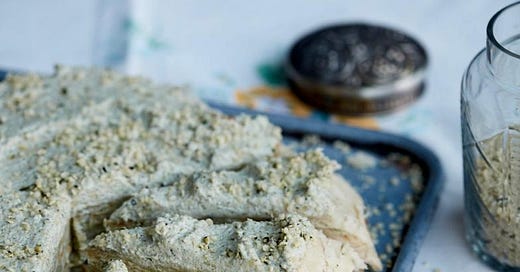



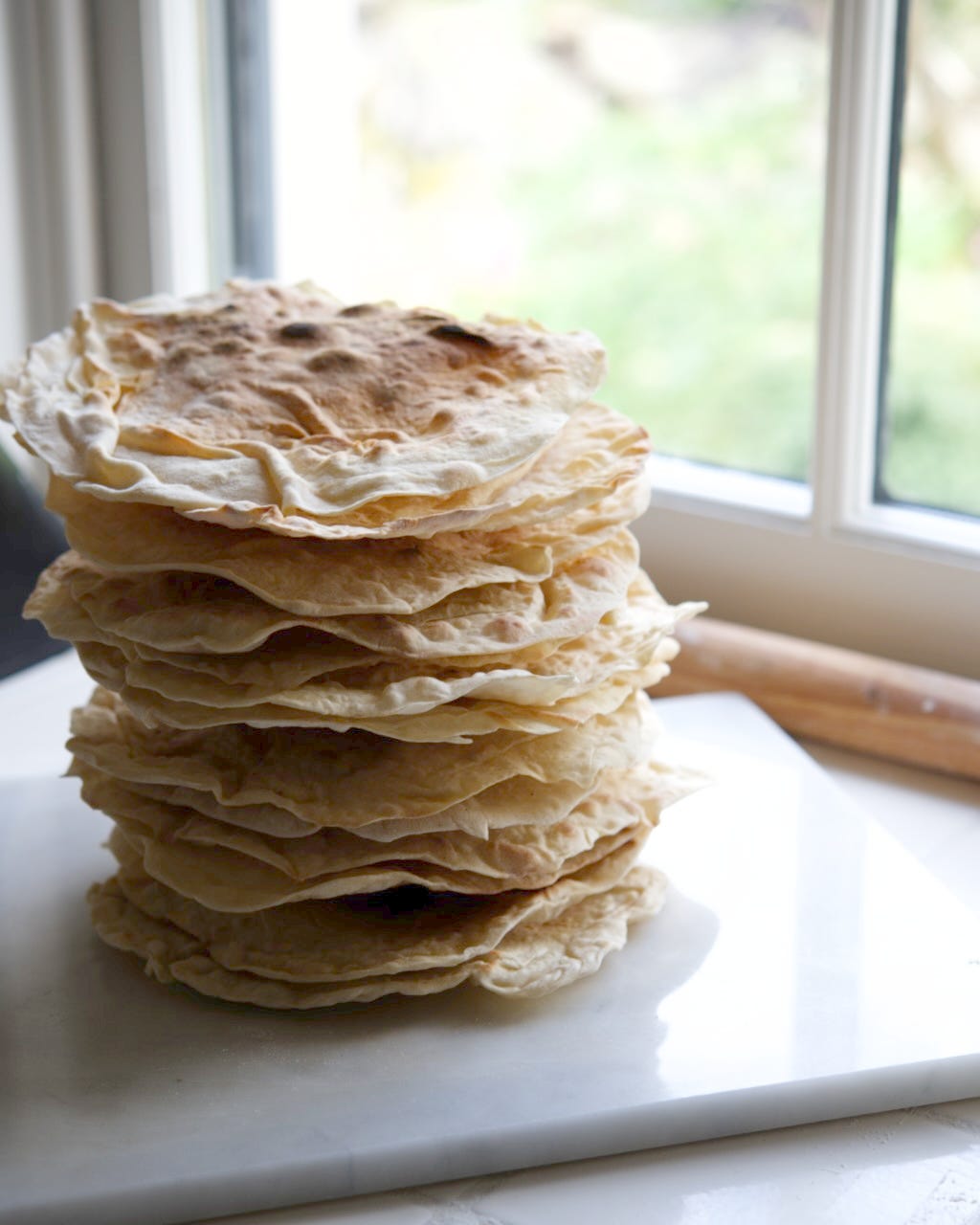
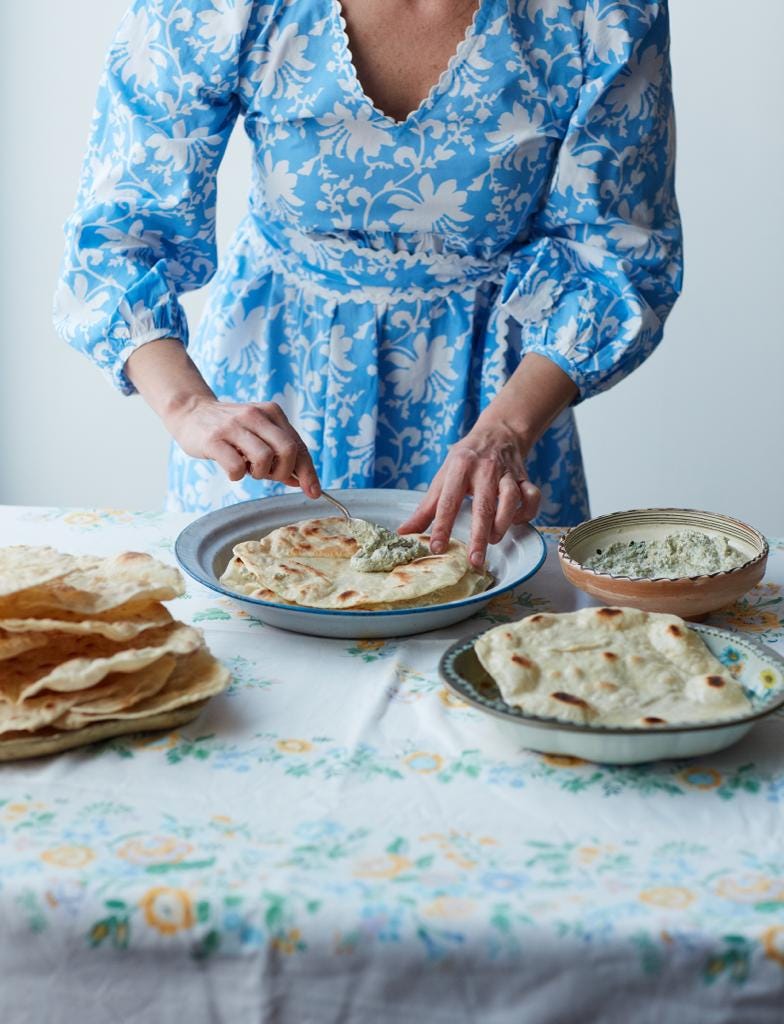
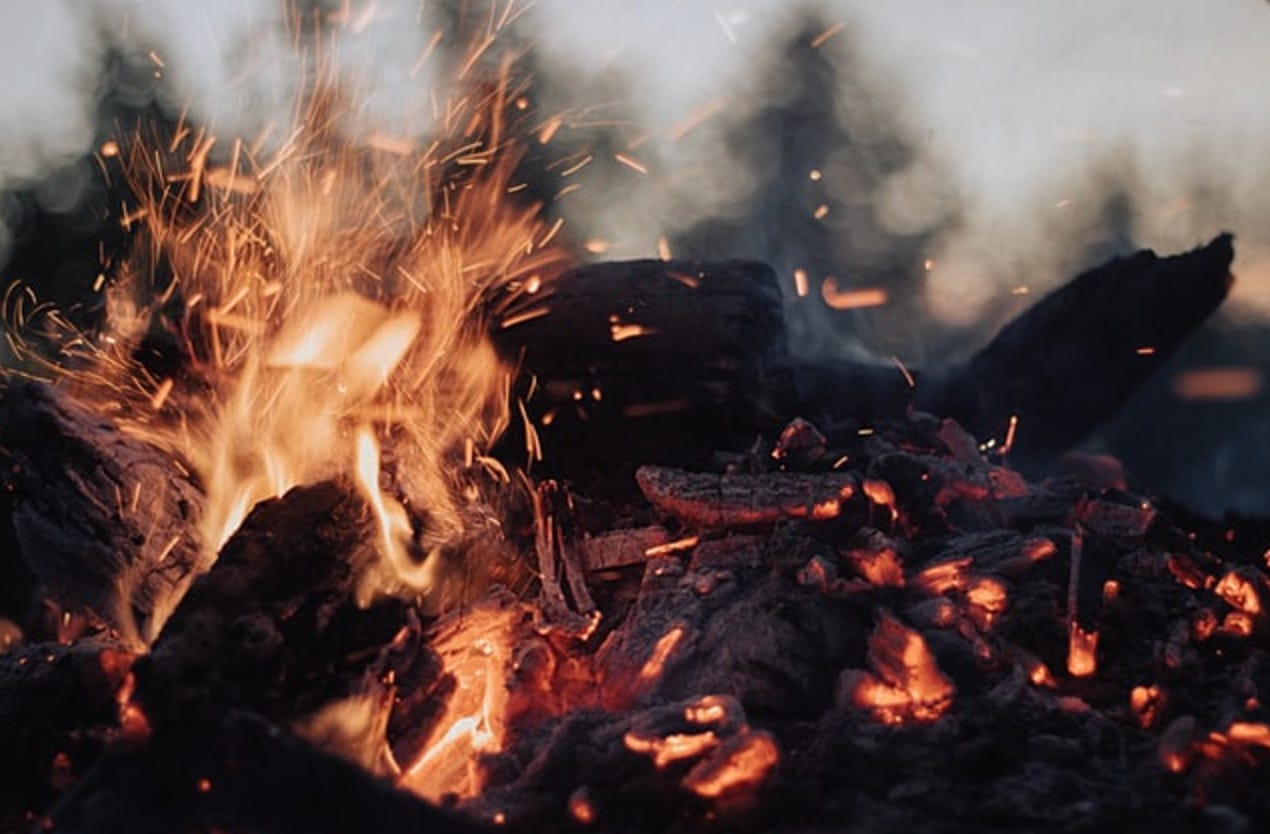
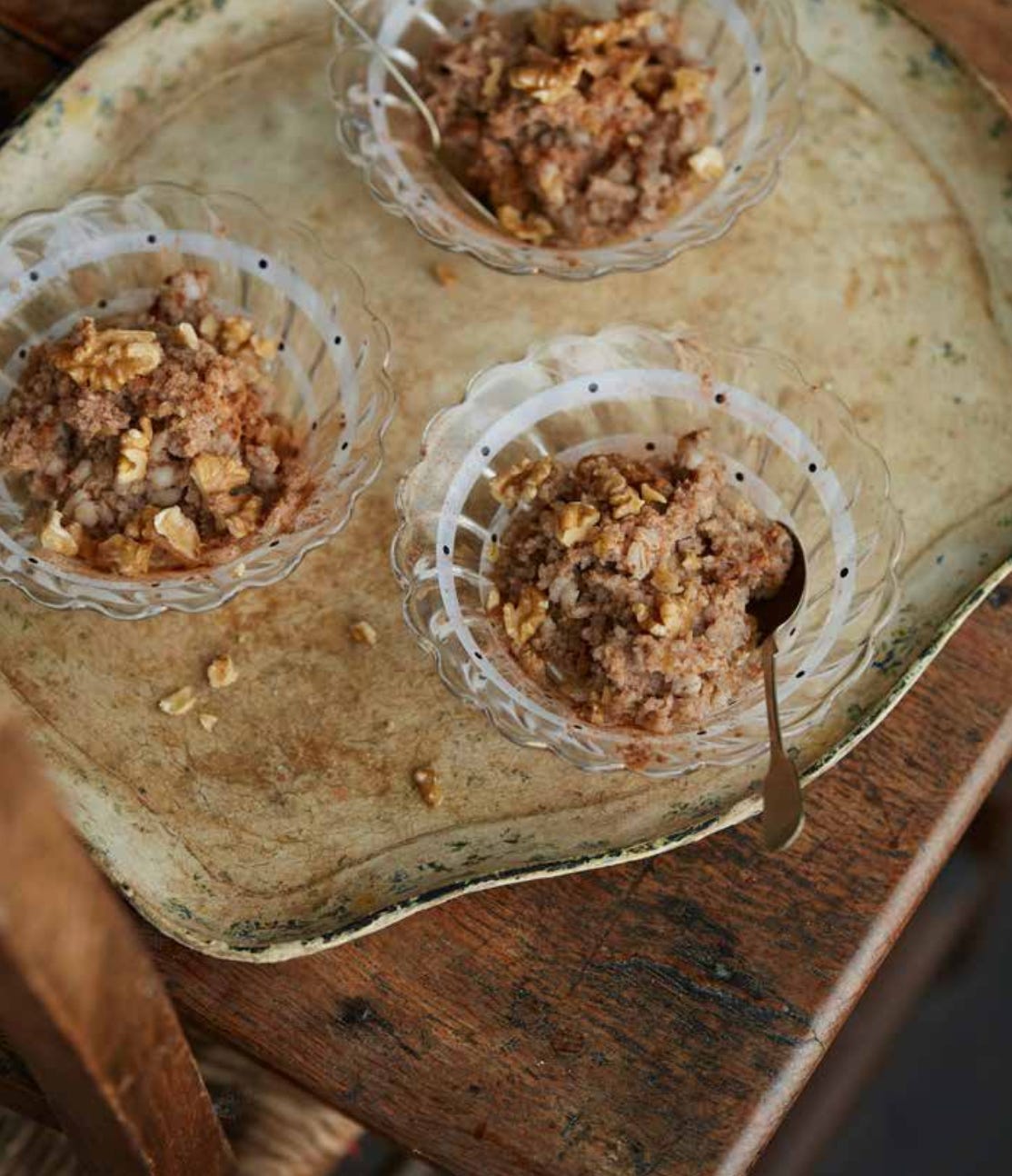
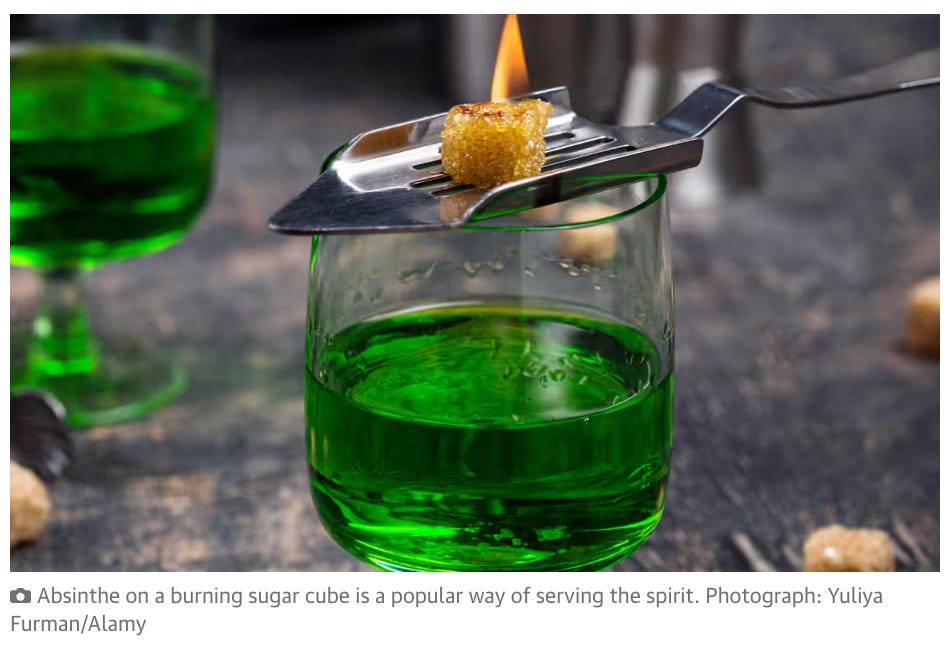
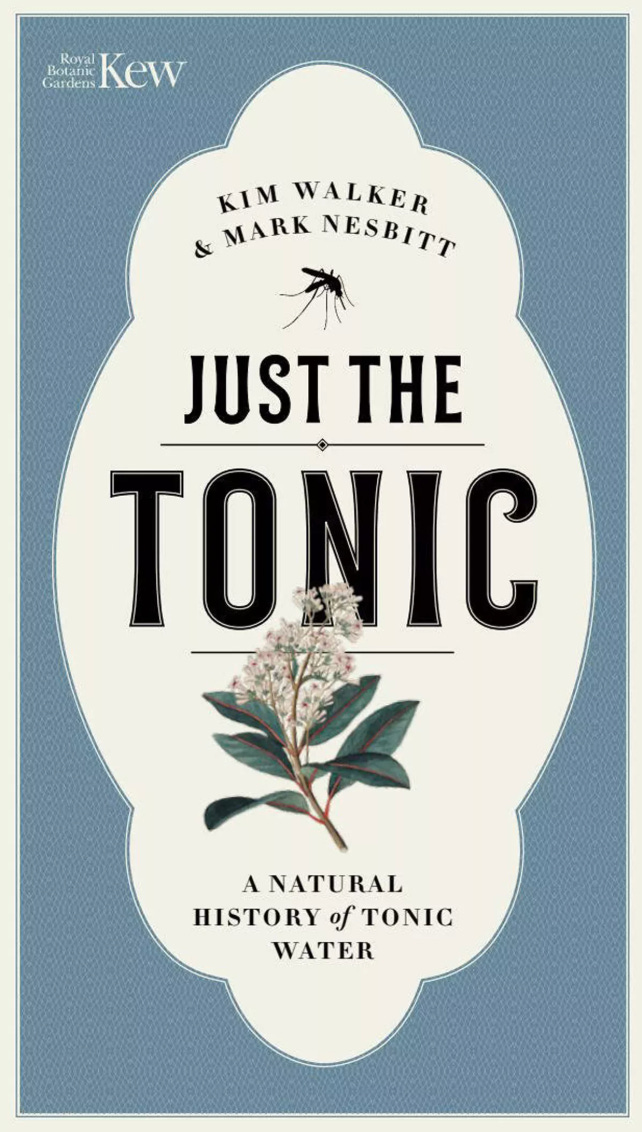

So special, Irina. I love how you share so beautifully here. xx
Such an interesting topic, Irina. If you don't already have Michael Pollan's Book 'How to Change Your Mind', it's an excellent read.